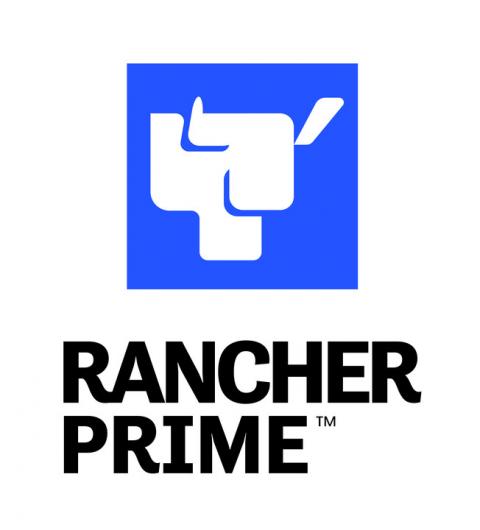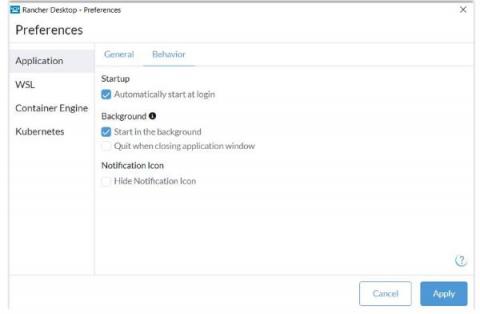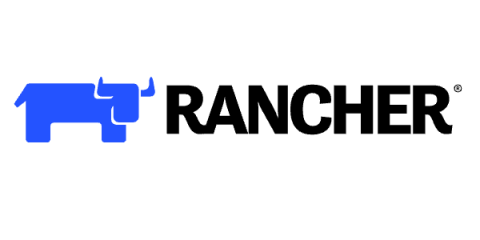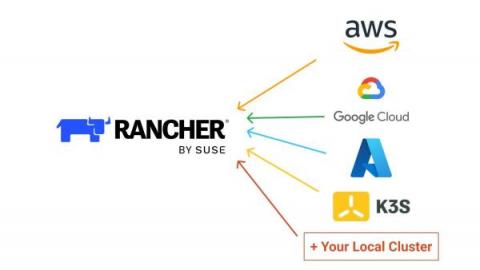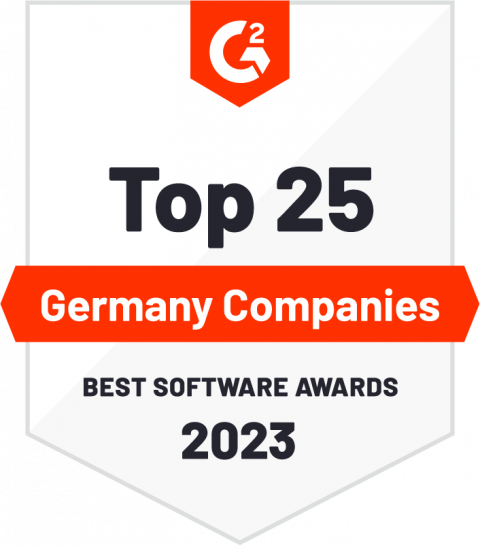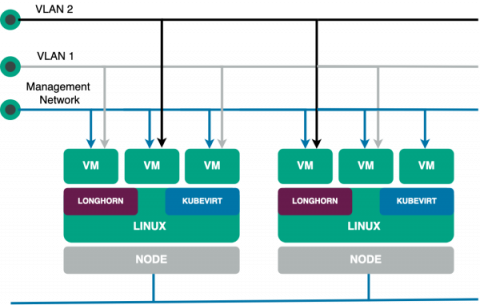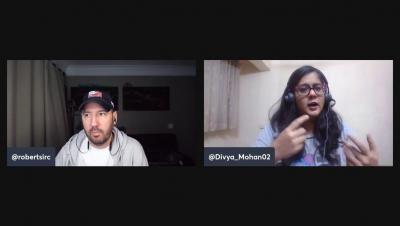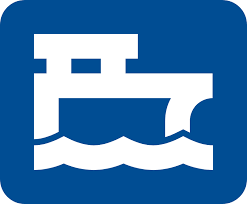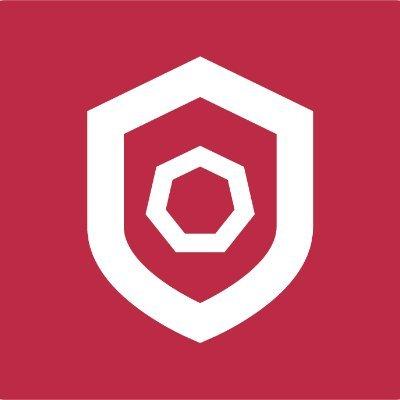Project Snow Cow: A hat-tip to Apple's MacOS Snow Leopard release that drove the inspiration for Stability, Reliability & Extensibility in Rancher
Kubernetes has reached an interesting point in its lifecycle where it is now the default choice to run business-critical applications across varied infrastructures, from virtual machines to bare metal and in the cloud. This, combined with the evolving need for a single pane of glass to centralize and manage infrastructure and application deployments, has required IT teams to focus on a stable, reliable and extensible platform that can scale on demand.


